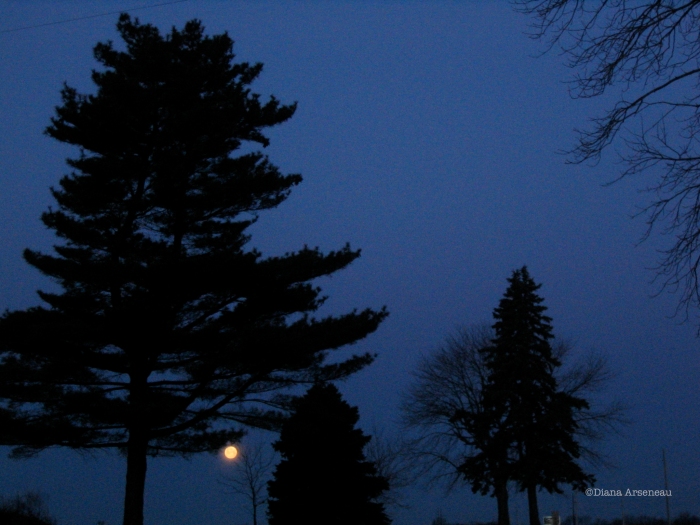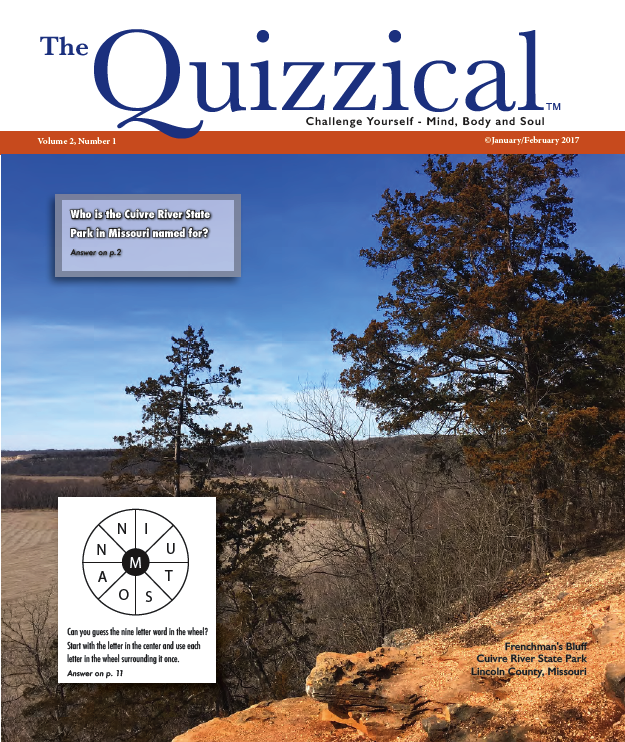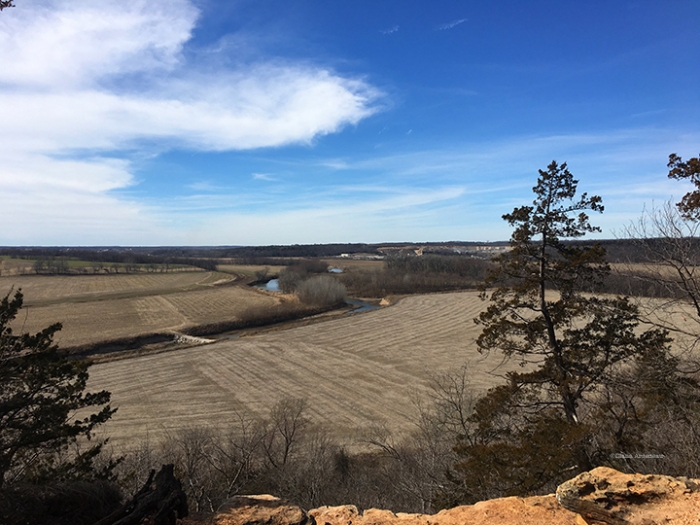A Blue Moon is defined in the Farmer’s Almanac as the third full moon in a season that has four full moons. This is the original definition and by using it there can be no more than one blue moon in any year. In some years as in 2017 there will be no blue moon.
That can be a little difficult to grasp but to add to the confusion there is an alternate definition of Blue Moon that came from a misinterpretation of the original definition. With the newer definition of Blue Moon it said to be the second full moon in a month.
When using the two different definitions to calculate Blue Moon dates, we come up with very different answers. Although with both definitions it is still a rare occurrence so the saying that something that doesn’t happen very often is said to happen “Once in a Blue Moon” holds true for whichever definition you care to use. For example, using the original definition, blue moons occur on:
May 18,2019
August 22, 2021
Aug 19, 2024
And using the more modern definition, blue moons occur on:
January 31, 2018
March 31, 2018
October 31, 2020
August 31, 2023
So no, a Blue Moon isn’t actually blue. The name may have started because in the past people named full moons according to seasons, such as Moon before Yule, Moon after Yule, Easter Moon or Egg Moon so when a year with a 13th full moon came around it would throw off the seasonal naming. So the odd full moon would be called a Blue Moon. The other explanation is thought to be due to the fact that the Christian calendar uses full moons to determine certain religious dates such as Easter. So when there is a 13th moon calling it something else, like a Blue Moon, could have helped keep things straight when referring to religious dates.
Blue moons may look like any other moon but no matter what you call it a full moon is rather spectacular in it’s own way. If you can get out of the bright lights of the city on a cloudless night, a full moon will light up the landscape like it’s the middle of the afternoon. And watch out, it just may change your outlook for the better!
Below are full moon dates for 2017:
January 12, February 11,
March 12, April 11, May 10, June 9, July 9, August 7,
September 6, October 5,
November 4, December 3

References
http://www.moongiant.com/Blue_Moon_Calendar.php
http://www.space.com/15455-blue-moon.html



